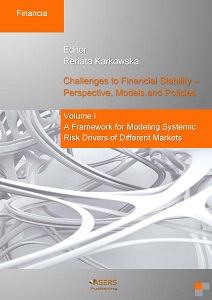The Impact of Liberalization on Financial Volatility: The Case of Transition Economies
The Impact of Liberalization on Financial Volatility: The Case of Transition Economies
Author(s): Christopher A. Hartwell
Subject(s): Economy, Business Economy / Management, Financial Markets
Published by: ASERS Publishing
Keywords: financial liberalization; volatility; institutions; Bayesian model averaging; transition
Summary/Abstract: Volatility of financial markets has been a relevant topic for transition economies, as the countries of Central and Eastern Europe and the former Soviet Union have seemingly endured higher levels of volatility in their financial sectors during the transition process. But what have the common determinants of this financial volatility been? This chapter posits that financial liberalization in tandem with institutional change helped to ameliorate financial volatility in transition. Examining 20 transition economies in a new monthly dataset from 1989-2010, this chapter uses Prais-Winsten and GMM methods to test this proposition. The results from these regressions support the thesis that greater internal liberalization and more advanced property rights, help to dampen financial sector volatility. While the interaction of financial liberalization and property rights does appear to increase volatility, this effect is dominated by the moderating influence of internal liberalization and better property rights at their levels.
- Page Range: 121-142
- Page Count: 22
- Publication Year: 2014
- Language: English
- Content File-PDF

